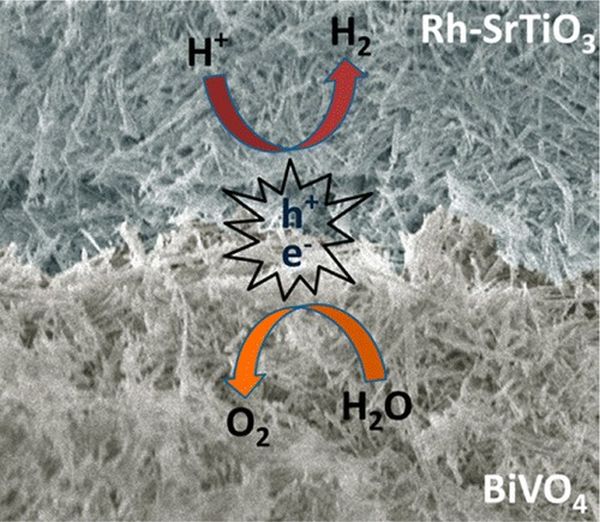Today nations across the world are trying to cut down their greenhouse gas emissions. Alternative energy sources are being tried and tested to replace non-renewable fuel sources and in this race, hydrogen fuel also known as zero emission fuel, definitely seems to have a promising future. Many automobile companies are doing R & D to come up with hydrogen fuel cell vehicles in the auto market. Unfortunately, availability of naturally occurring pure hydrogen on Earth is very limited and therefore, production of hydrogen gas requires tremendous energy. To overcome this limitation a lot of research work is being carried out.
Artificial Leaf Technology
Hydrogen so far was produced using electrolysis process that splits water molecules or by breaking hydrocarbon chains to obtain hydrogen, which also creates greenhouse gas and leads to global warming. However, scientists wanted to produce hydrogen fuel using a greener approach. For long, scientists are working towards an “artificial leaf” technology. The technology is based on plants’ capability to transform sunlight into a usable form of energy. This process promises large scale and low cost hydrogen fuel generation.
Professor Peidong Yang, co-author Bin Liu and other members associated with the study believe that the process of obtaining hydrogen by breaking water using sunlight is one of the best possible ways of clean energy production. Not only the hydrogen derived from this process is environment friendly, it is also economical and so can be used to power businesses and homes apart from being used in vehicles.
Semiconductor Nanowires
The team of researchers designed a flat mesh made of light-absorbing semiconductor nanowires to absorb sunlight and release electrons. The mesh when submerged in water and exposed to sunlight utilizes electrons for breaking water molecule and thus generates hydrogen gas. This procedure would allow high-density energy storage at significantly lower cost in comparison to electricity. This artificial leaf technique is free standing and unlike other systems eliminates the necessity of additional wires or any other external devices that can add to the already existing carbon footprint.
However, corrosion is one problem to be resolved before the artificial leaf technique can be commercialized for powering millions of homes especially in developing nations.
Researchers are looking for a material that is durable, efficient and easily available for use. They have found that a thin coating of titanium dioxide followed by nickel oxide catalyst can work as effective water barrier at the same time permitting sunlight and electrons to pass. The coating does not affect the efficiency of sunlight to hydrogen transformation.
Very soon, we may see a shift from conventional non-renewable energy sources to such clean sources of energy. Enough harm is already being done to our planet, it’s time we start depending on the environment friendly energy source.
Source: American Chemical Society
Image: [ntu.edu.sg], [i.dawn.com]





